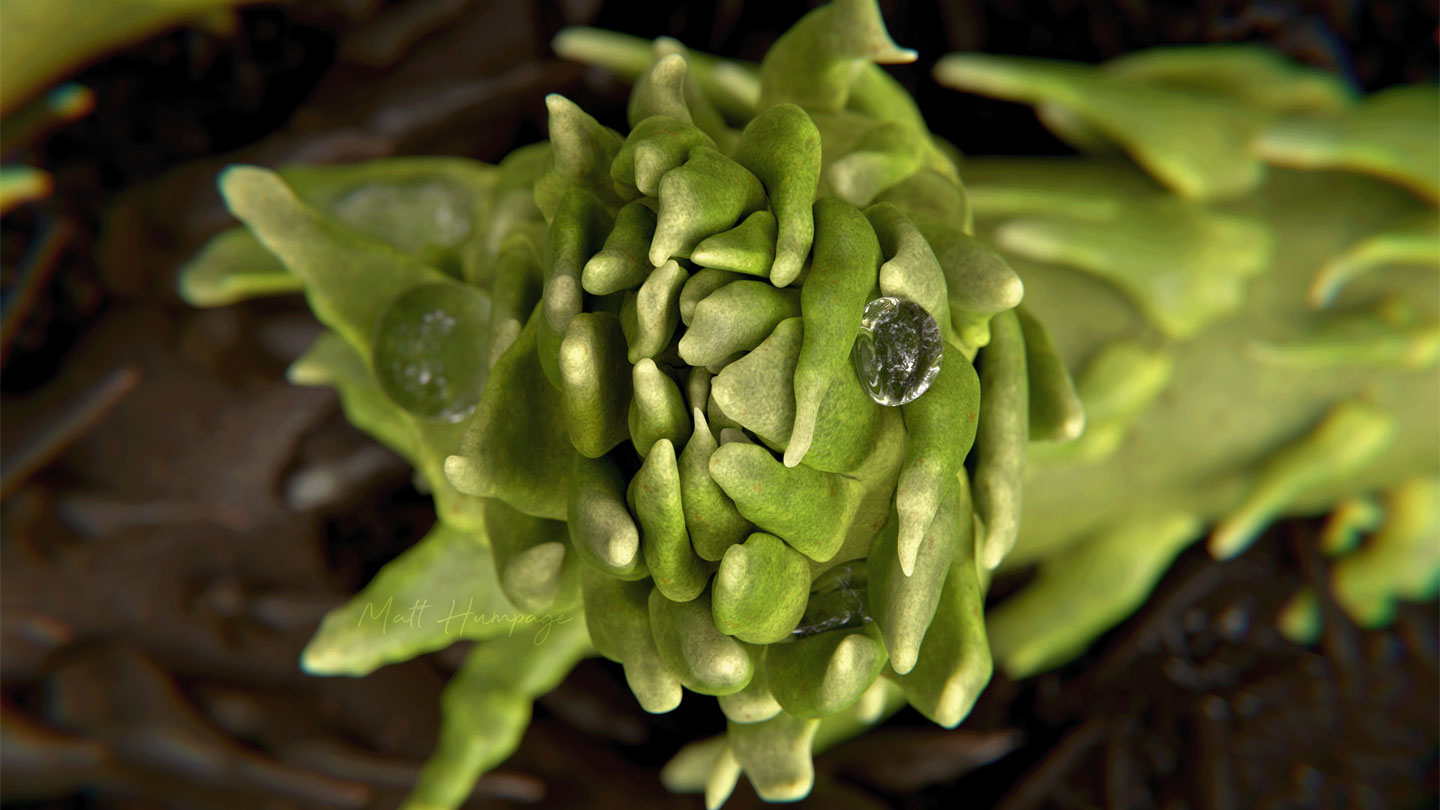An unusual arrangement of leaves in a 407-million-year-old fossilized plant is complicating scientists’ understanding of plant evolution.
The study “helps us to understand how [the] diversity of plants has been generated,” says botanist Barbara Ambrose, the director of laboratory research at the New York Botanical Garden in New York City, who was not involved in the research.
In the Fibonacci sequence, each number is the sum of the two previous ones: 1, 1, 2, 3, 5, 8, 13 and so on. Examples of spirals in plants that involve Fibonacci numbers can be seen in the arrangement of the leaves of some succulents, the bracts of a pinecone and the seeds of a sunflower, among many other plants (SN: 8/27/02).
In plants with spiraling patterns of leaves, all the leaves can be described by a set of curved lines that spiral clockwise out from the center as well as by a set of curved lines that spiral counterclockwise. If the numbers of clockwise and counterclockwise curves are both numbers found in the Fibonacci sequence, it’s known as Fibonacci spiraling.
2023-07-04 06:00:00
Original from www.sciencenews.org
